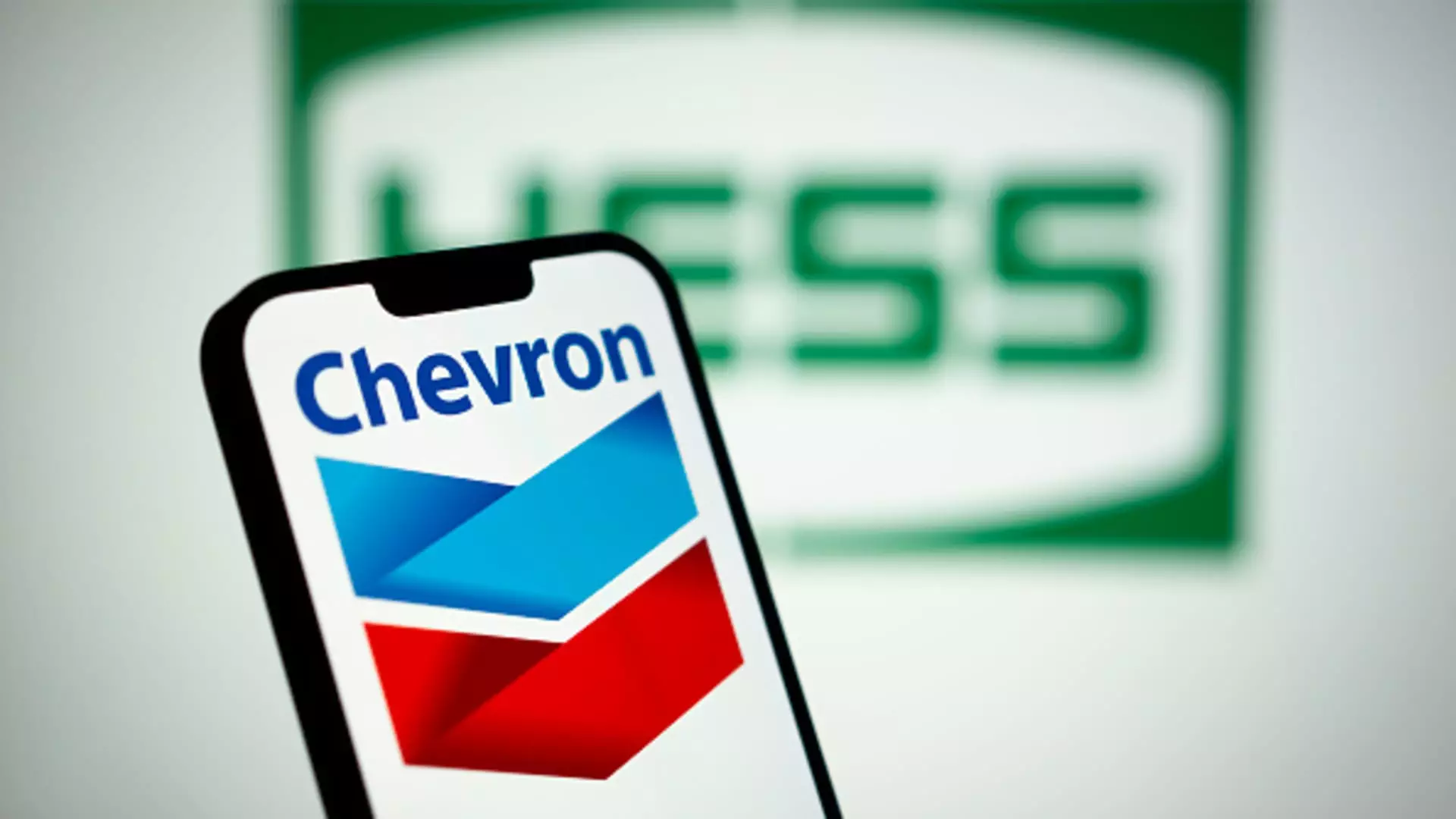Chevron’s recent announcement regarding its third-quarter financial results reveals a mixed performance. While the oil titan surpassed expectations for earnings and revenue, it also highlighted a significant decline in quarterly profits. Specifically, Chevron reported adjusted earnings of $2.51 per share, exceeding Wall Street’s expectation of $2.43. Revenue came in at $50.67 billion, outpacing the anticipated $48.99 billion. However, a year-over-year comparison paints a grim picture: net income plummeted by 31% to $4.49 billion from $6.53 billion in the same quarter last year.
The drop in profitability can be attributed to several factors, including decreased margins on refined products and lower oil pricing. Coupled with these challenges, Chevron faced the absence of favorable tax circumstances that had buoyed previous earnings. This juxtaposition of record cash returns to shareholders against dwindling profits underscores the complexities of the current oil market.
Strategic Decisions and Future Outlook
To address these challenges and streamline operations, Chevron is embarking on a significant portfolio adjustment. The company’s strategy includes asset sales in regions such as Canada, Congo, and Alaska, with anticipated closures taking place by the end of 2024. Additionally, Chevron is setting ambitious cost-reduction goals of $2 billion to $3 billion through 2026. This proactive approach aims to strengthen its market position and improve its financial metrics, but it may also alter the landscape of its operational focus.
With a production output of 3.36 million oil-equivalent barrels per day—marking a 7% increase from the previous year—Chevron’s operations continue to thrive in specific sectors such as the Permian Basin. Yet, the overall stock performance has remained lackluster in the face of both internal and external pressures. Despite a premarket surge of 2.6% in share value post-earnings report, Chevron’s stock largely stagnated throughout the year, overshadowed by the more favorable growth of the S&P 500 energy sector.
Challenges Ahead: The Hess Acquisition and Competitive Landscape
Compounding these operational dynamics is Chevron’s pending $53 billion acquisition of Hess Corp., a transaction that promises to reshape its portfolio. Although the Federal Trade Commission has granted approval for the acquisition, accompanying stipulations, such as prohibiting Hess’s founder from joining Chevron’s board, raise questions about the deal’s long-term impact. Coupled with legal challenges posed by Exxon Mobil, which is asserting claims over Hess’s lucrative assets in Guyana, this acquisition poses not only potential rewards but a fair share of risks.
Overall, Chevron’s third-quarter performance is a testament to the inherent volatility within the oil sector. While the company is bracing for structural changes designed to enhance efficiency and financial performance, external competitive pressures and internal challenges will play critical roles in determining its success in the upcoming quarters. As Chevron navigates this uncertain landscape, stakeholders will be keeping a close eye on how these strategic decisions unfold in real time.


Leave a Reply